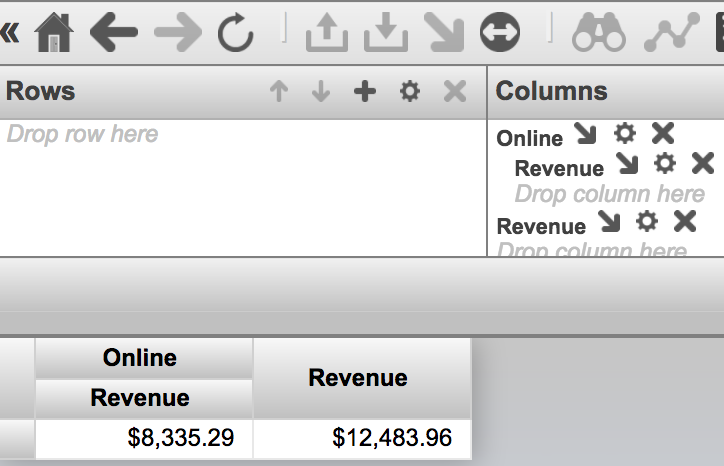Well I want to set the type of a piece in a global as a String, because when I use float numbers , the system parse them to numbers instead of use like strings and thats a little bit tricky with the sorts
Here is a code example:
ACB>s ^a("1.0012")=""// that is going to be stored as a number
ACB>s ^a("1.0011")="" // that is going to be stored as a number
ACB>s ^a("1.0010")="" // that is going to be stored as string
ACB>zw ^a
^a(1.0011)=""
^a(1.0012)=""
^a("1.0010")=""

